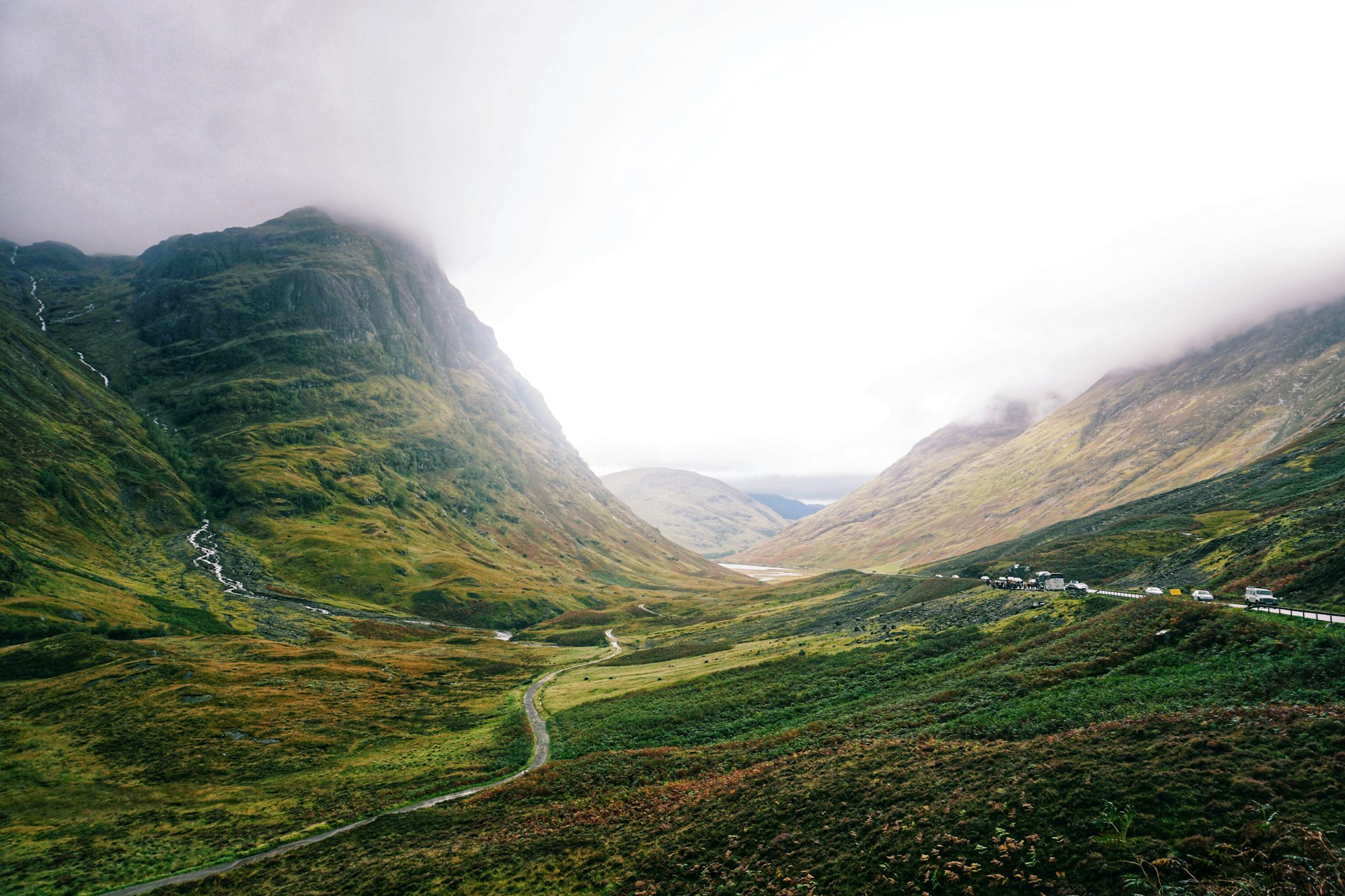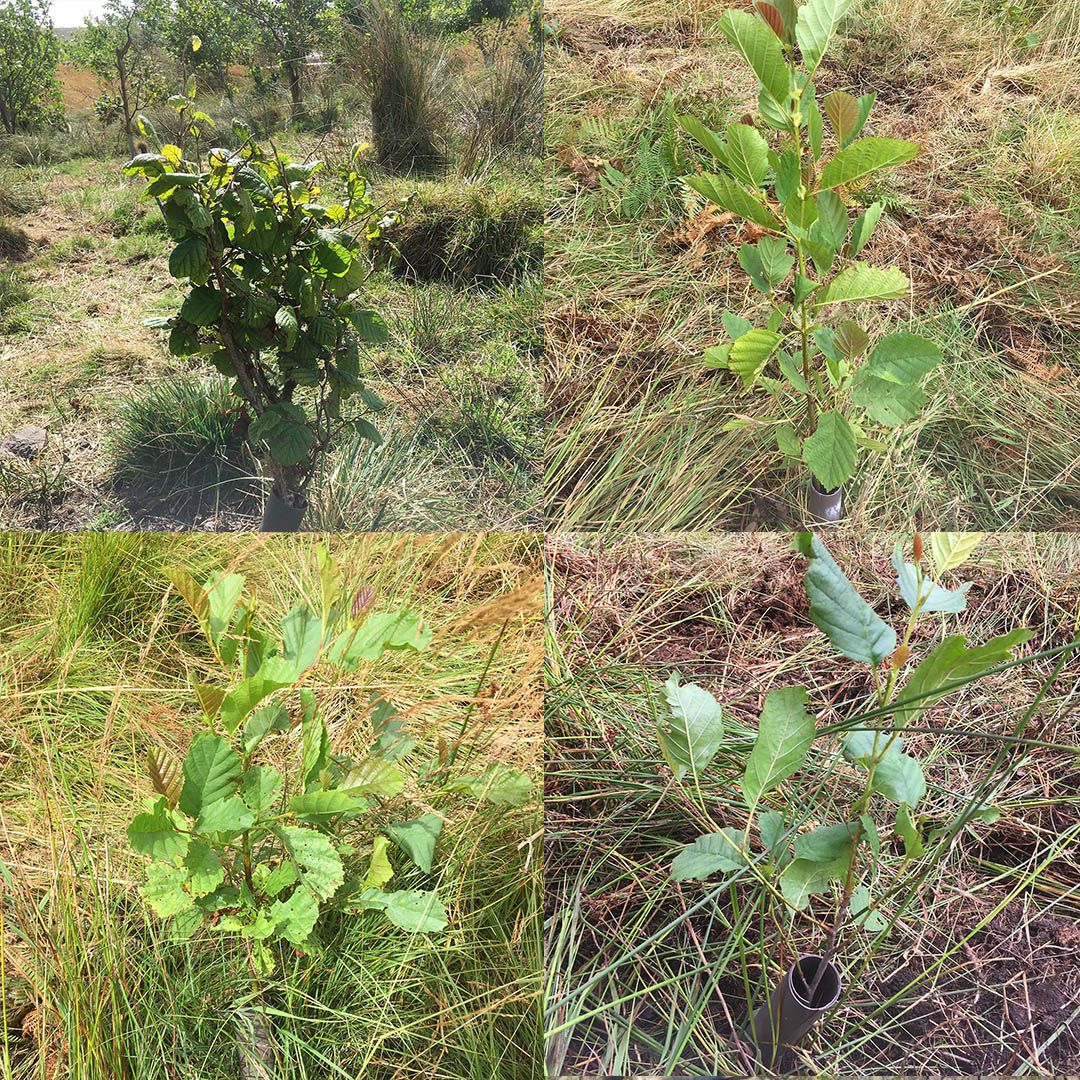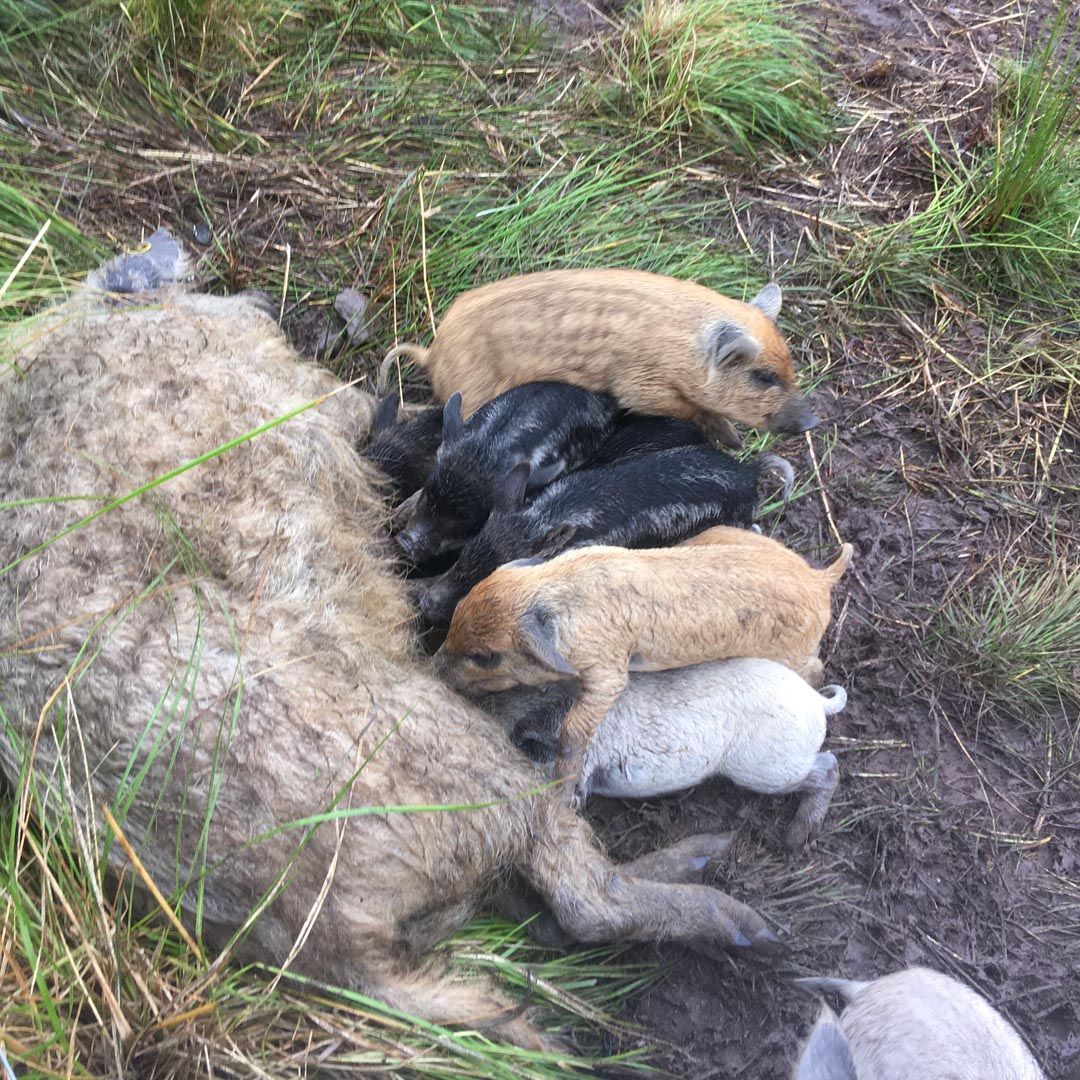How we're storing carbon for millions of years
It's a brave new world for our project in Scotland.

Just the gist
Short on time? Here's what you need to know this month:
- 🆕 It's a brave new world for our partnership with Future Forest, as we start removing carbon with their Enhanced Mineral Weathering pilot project.
- ☁️ In this update we'll cover what Enhanced Mineral Weathering is, and how it keeps atmospheric CO2 locked up for many thousands of years.
- 🌳 The rest of project is still growing fast! The team are ramping up for their biggest season of tree planting, and now have a litter of 200 pigs who fertilise considerable quantities of soil every week.
This is a project update from Wren's project with The Future Forest Company. For more updates like this one, follow Wren on Twitter and Instagram.
It's been over a year since we partnered with The Future Forest Company, and what a year it's been. They've bought hundreds of acres of forest, planted over 100,000 trees, and are now conducting one of the first pilot studies for enhanced mineral weathering– a carbon removal technology with very high potential.
The Future Forest Company gave Wren the opportunity to purchase carbon removals with their pilot study, and we accepted! Your money is being used to fund a carbon removal technology that has the potential to remove millions of tons of CO2 from the atmosphere, every year.
In this update, we'll dive into how enhanced mineral weathering works. And we'll learn about new growth across the rest of the project too.
Enhanced Weathering: How to store CO2 for millions of years

Carbon removal is a new technology, but it has been around for billions of years. Natural biogeochemical processes have been removing carbon from the atmosphere and turning it into rock for billions of years. Enhanced mineral weathering just asks the question: what if we could take these natural processes, and make them thousands of times faster?
It turns out, we can. Here's how it works:
- FFC source basalt fines from nearby quarries and spread them over forest and farmland. The finer the basalt dust, the faster the chemical reactions take place.
- As rain falls onto the land, rainwater reacts with the basalt, raising the pH of the soil system.
- The rainwater has CO2 dissolved in it, in the form of carbonic acid. As the pH of the system increases, more of this carbonic acid turns into carbonates, which then form solid minerals like calcium carbonate.
- Once the carbon is bound up in carbonate minerals, it is very stable, and will not re-enter the atmosphere for up to millions of years.
The Future Forest Company have hired a PhD student to work full-time on this pilot study, and intend to sequester over 10,000 tons of CO2 using enhanced mineral weathering in 2021.
If the study goes well, they could capture 10 times more carbon in the next couple years.
New growth in Brodoclea and Mull

The Future Forest company have seen new growth on their other projects too. They've planted over 100,000 trees across Brodoclea, Glenaros, Hainings, and Brisbane Mains. And they now have a litter of over 200 pigs! They do a great job of trampling bracken and restoring the forest floor.

The project is hiring for several new roles: could your next job be helping end the climate crisis?
The Future Forest Company are hiring for several jobs, including a General Manager for the USA. Fancy a new challenge? Why not work on one of the fastest growing projects tackling the climate crisis.
Thanks again for your support, and we look forward to sending you the next update!
- the Wren Team

